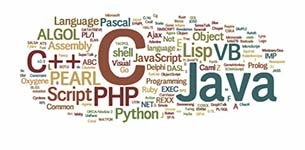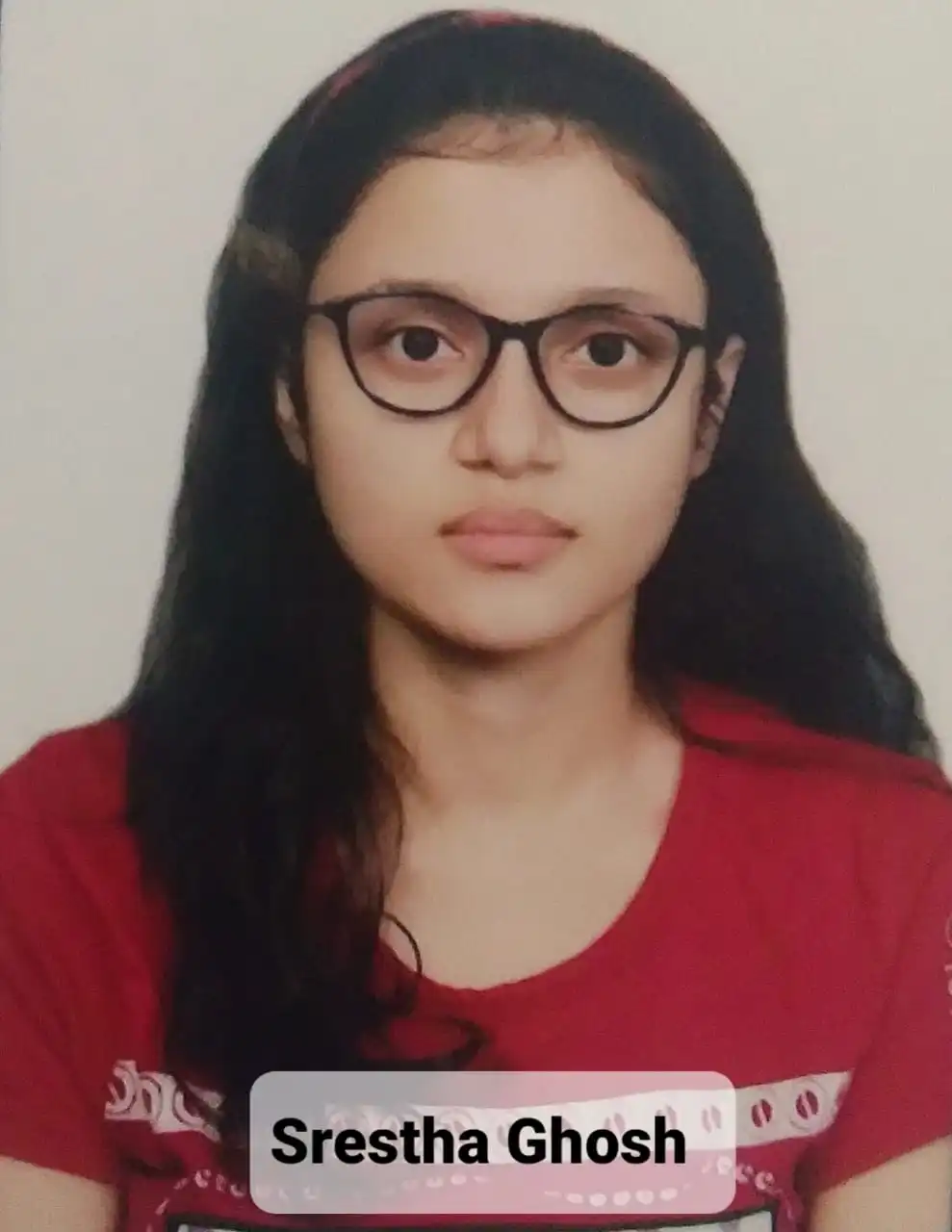“C” Programming Language
Best Programming Language Training Institute in Kolkata
“C” PROGRAMMING LANGUAGE is a high level and general purpose programming language which is adequate for developing portable applications and firmware. This is the most widely used language. It belongs to the structured and procedural paradigm of languages.
“C” programming was developed in 1972 by Dennis M. Ritchie at the Bell Telephone Laboratories to develop the UNIX operating system. “C” is the most widely used computer language. It keeps fluctuating at number one scale of popularity along with Java programming language, which is also equally popular and most widely used among modern software programmers.










